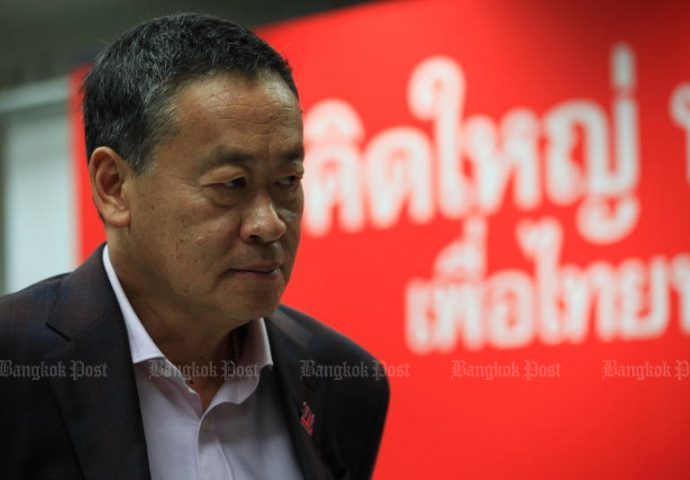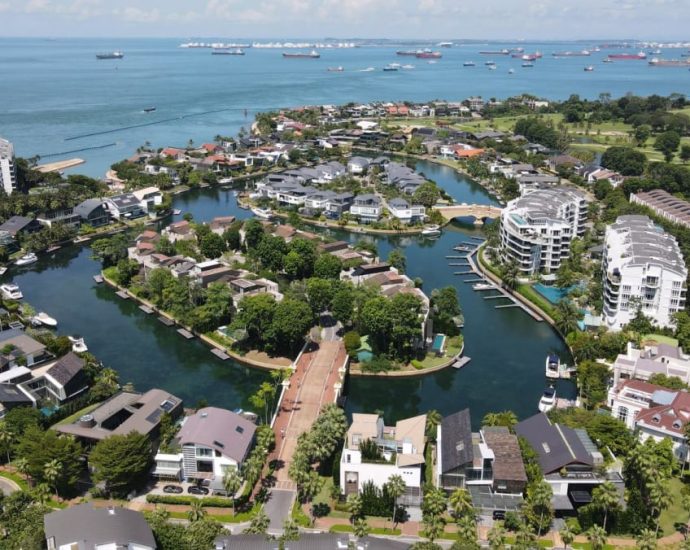Malaysia probes cause of light plane crash that killed 10 people
The plane took off from the northern resort island of Langkawi and was approaching Sultan Abdul Aziz Shah Airport in Selangor at the time of the crash, civil aviation authority chief Norazman Mahmud said on Thursday. Mohamad Syahmie Mohamad Hashim, a former member of the Malaysian air force who happenedContinue Reading

















